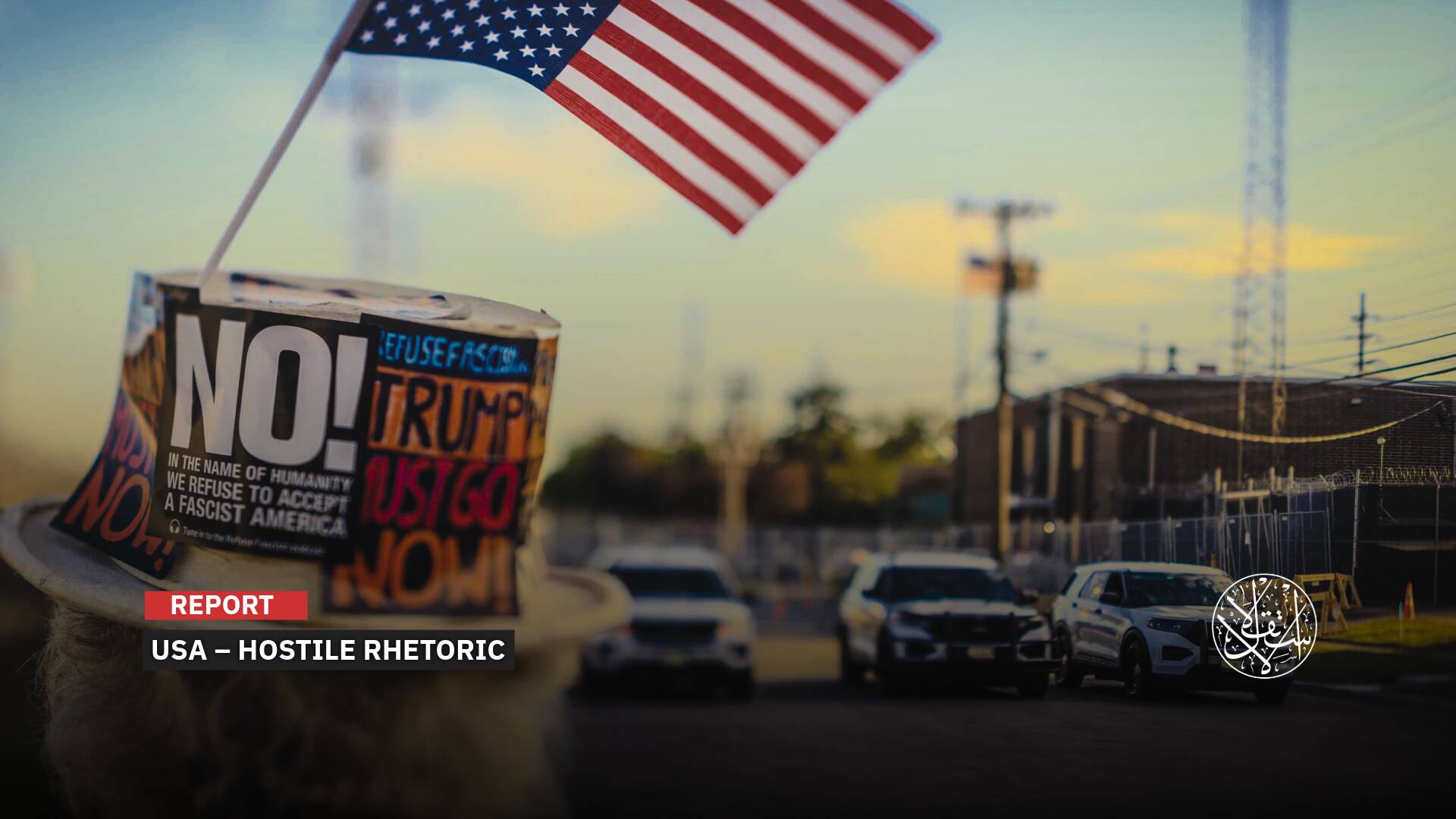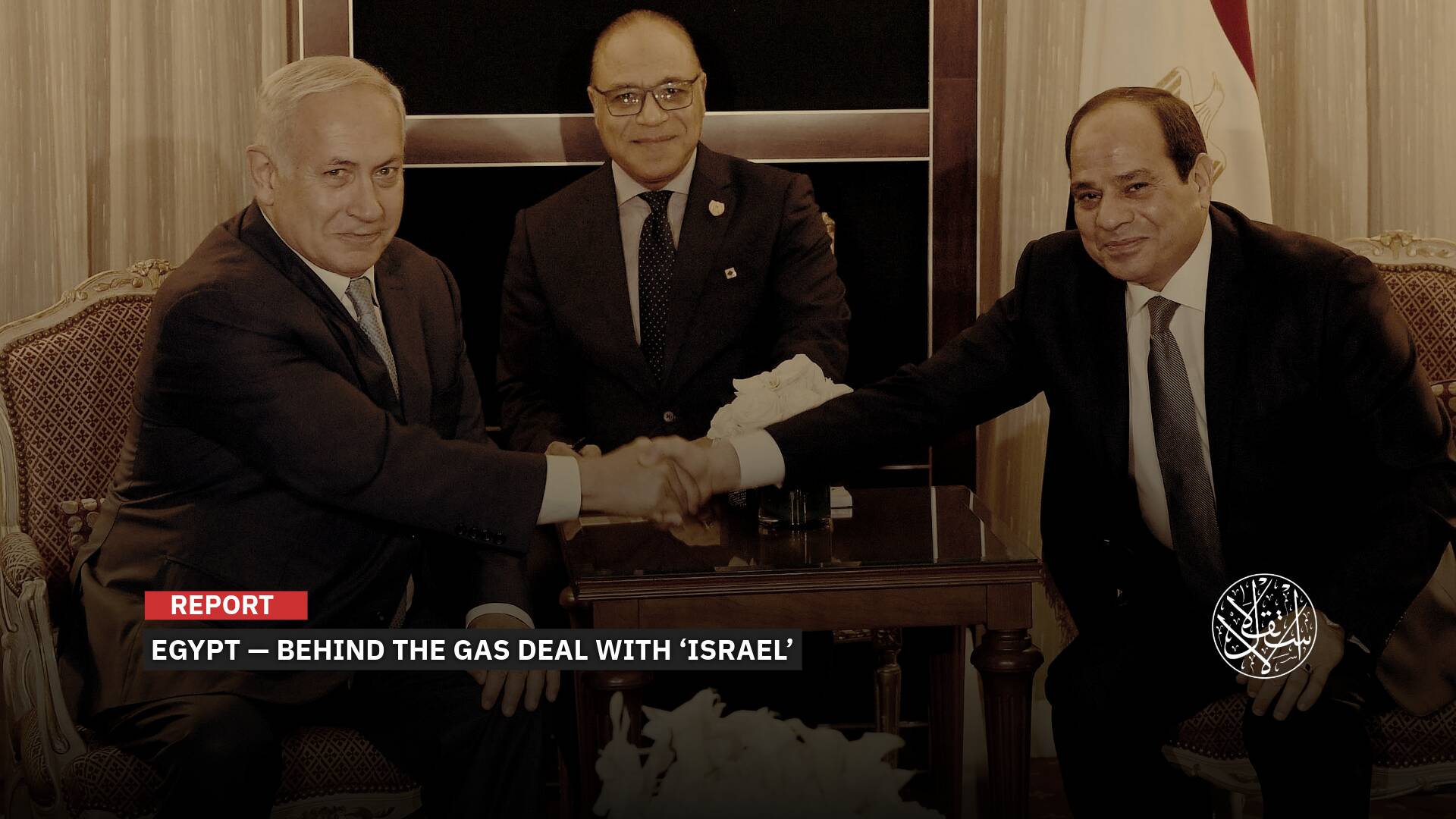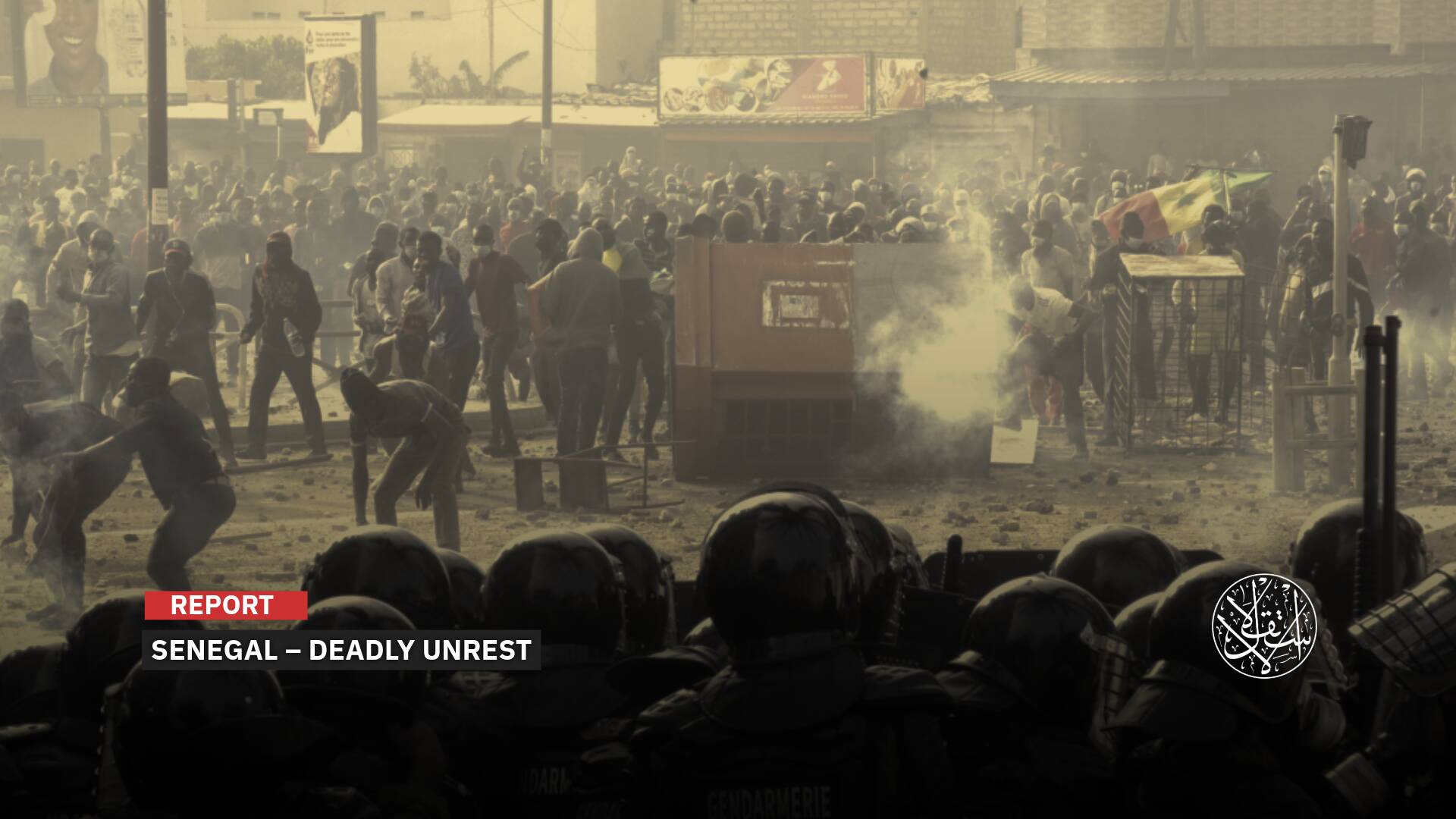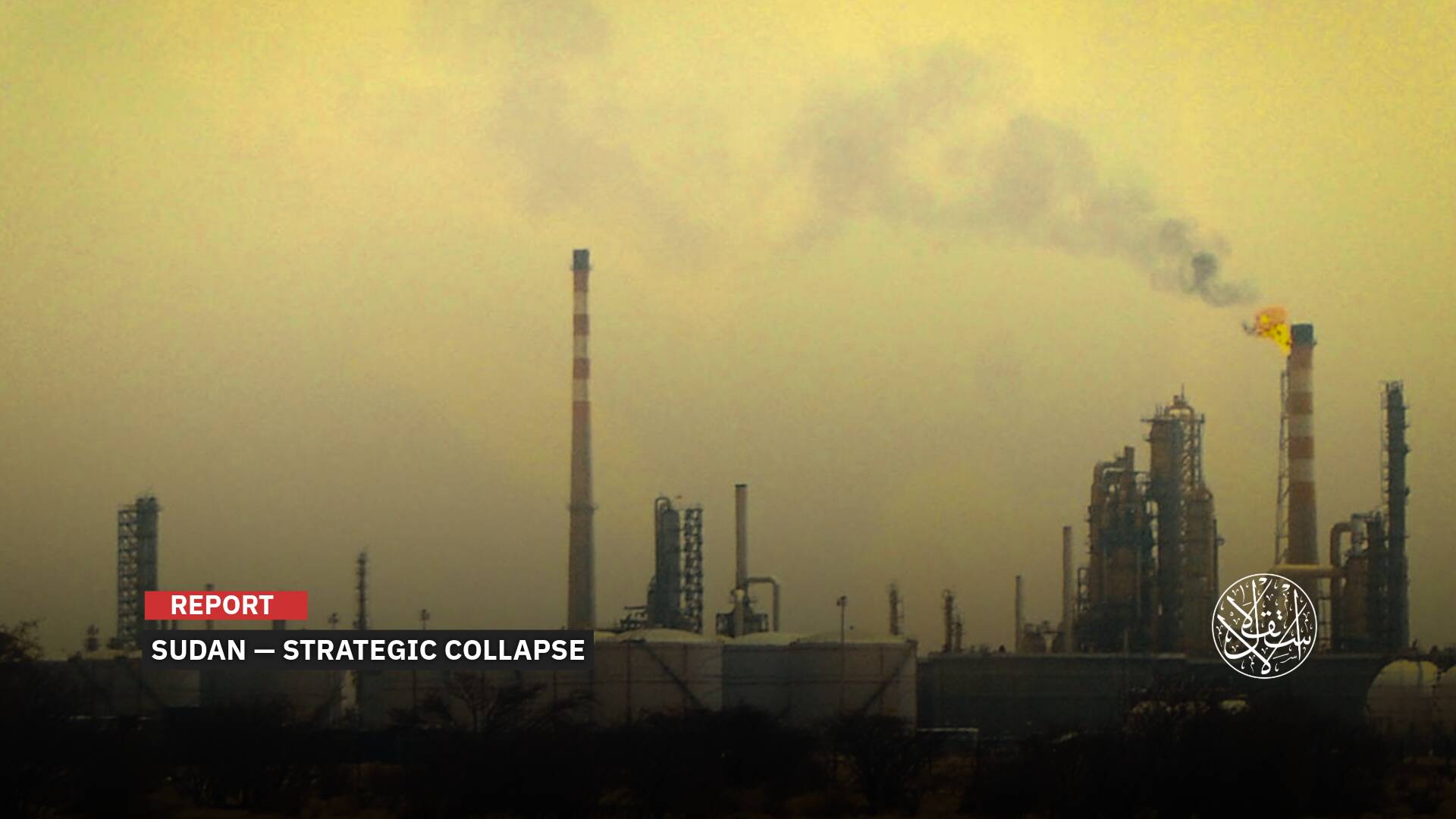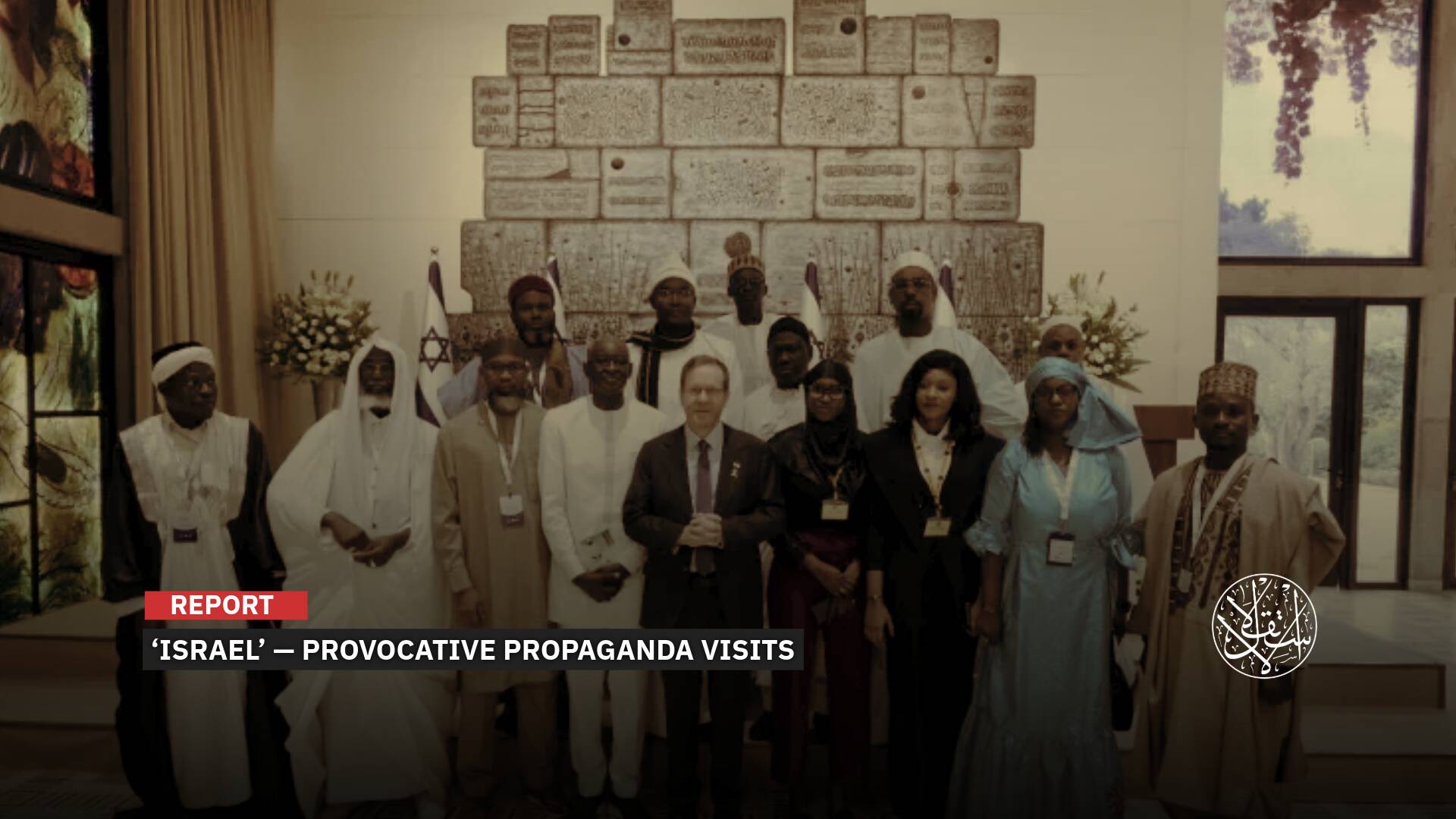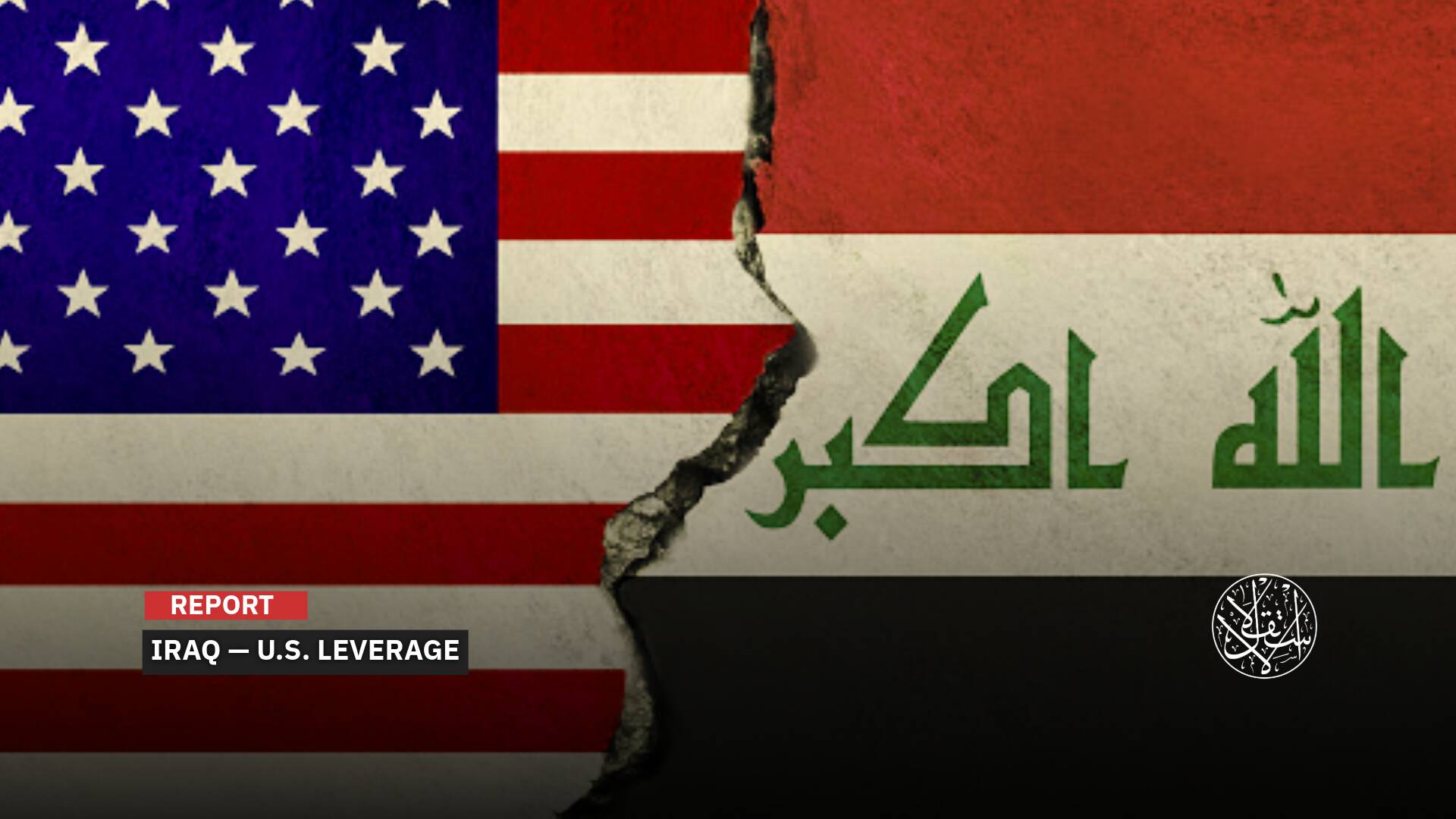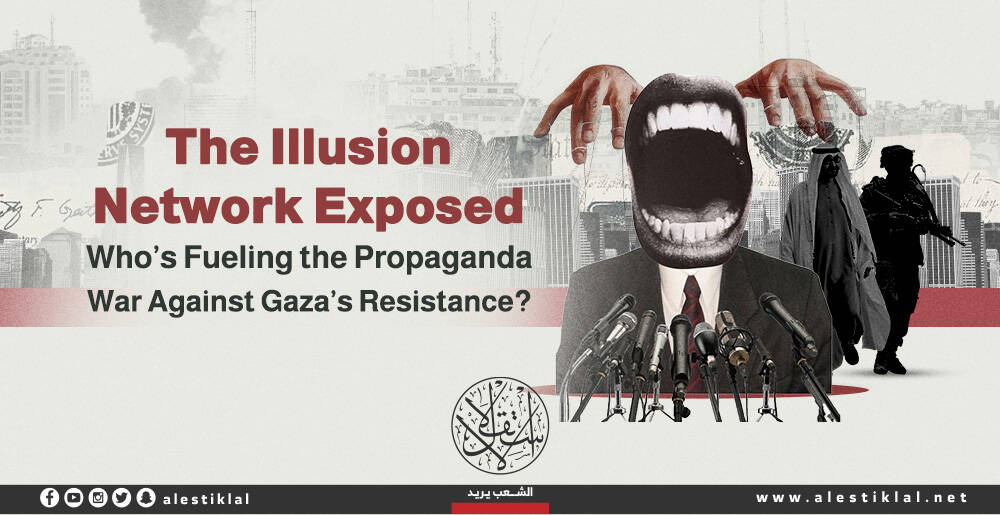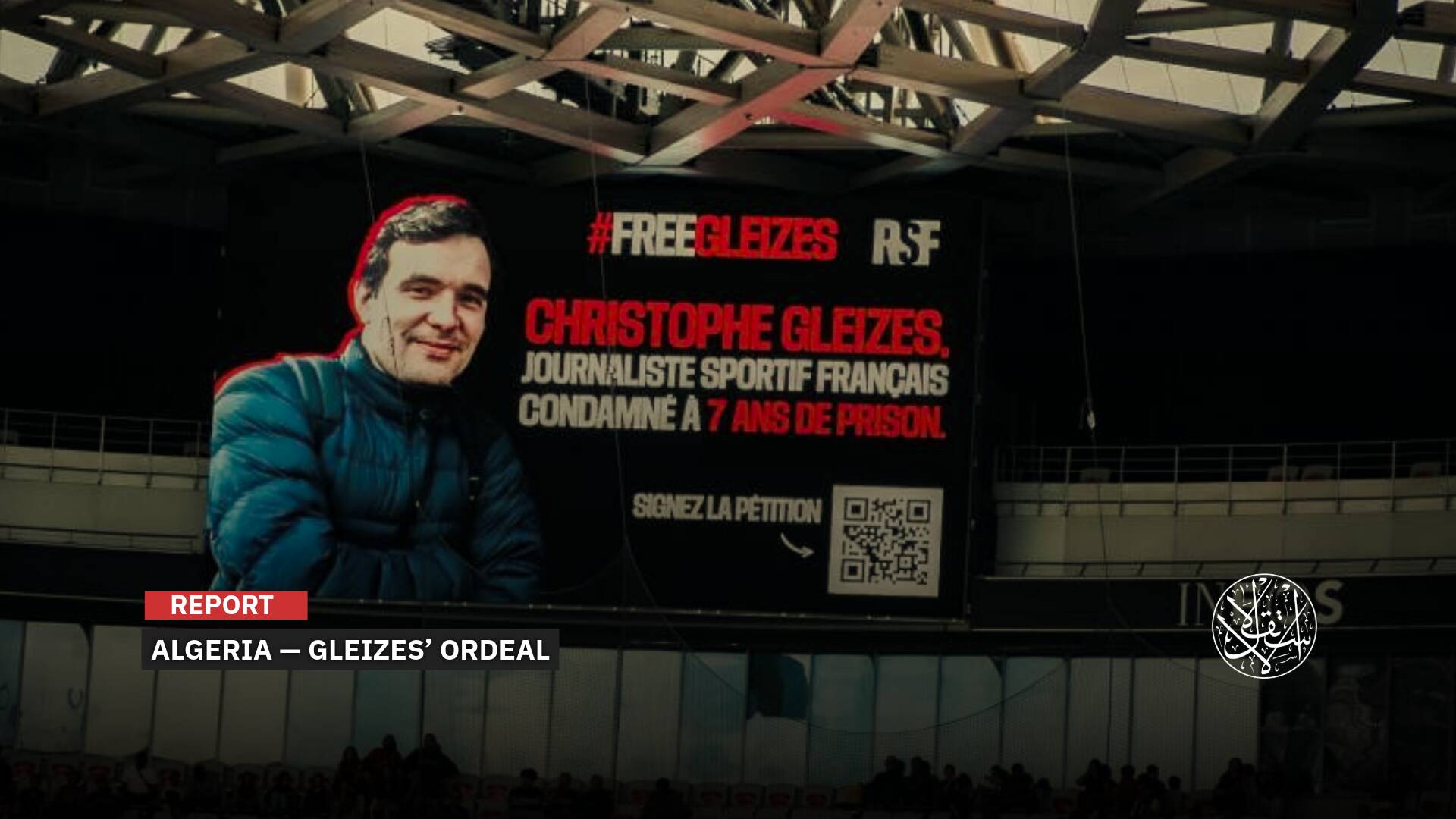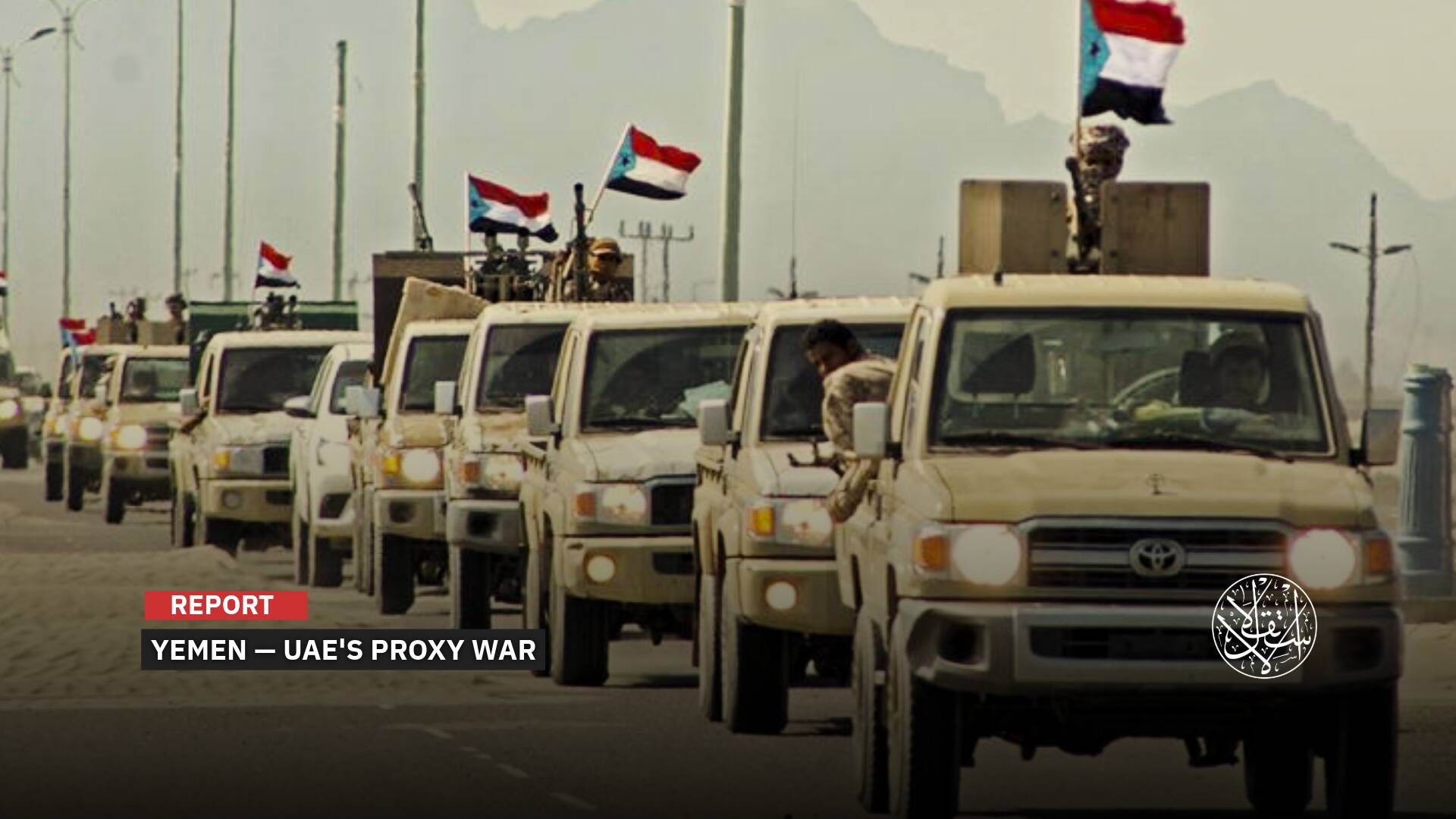Despite 10 Years of Fabrication Attempts: How Sisi’s Narrative about the Rabaa Massacre Crumbled?
.png)
Many narratives of dictatorial regimes are built upon the notion that history belongs to the victors alone, and they alone possess an unquestionable single narrative.
Abdel Fattah el-Sisi’s regime relied on this principle when recounting the post-military coup era since July 3, 2013, when he ousted the democratically elected president, Mohamed Morsi, and perpetrated the worst massacre in modern Egyptian history on August 14, 2013, by dispersing the Rabaa al-Adawiya sit-in.
Blood flowed abundantly then, while Sisi and his apparatus worked in tandem to obscure the complete truth, using television series and media messages with a soft and misleading tone simultaneously, aiming to sway the “public opinion tide” and rationalize the bloodshed.
This was epitomized by the television drama series The Choice (Al-Ekhteyar), which aired over the span of three seasons in 2020, 2021, and 2022, with each season costing around 100 million Egyptian pounds ($32 million).
However, on the tenth anniversary of the Rabaa dispersal, which fell on August 14, 2023, it was the voices of the masses and testimonies from those who attended the funerals of the victims of authority’s violence that imposed the truth.
Reports and accounts, both local and international, proved that the people’s voices are the most enduring and impactful, as the stories of these victims will not be wasted before the security drama machine, which is no less ruthless than weapons and armored vehicles.
Official Acknowledgment
On the tenth anniversary of the dispersal, the Egyptian Initiative for Personal Rights revealed the most significant official document regarding the Rabaa and al-Nahda events, which in one way or another included a semi-official admission from a state-affiliated entity of the involvement of security agencies in a deadly dispersal without regard for consequences.
The report is issued by the Independent National Committee for Collecting Information, Evidence, and Investigating Facts regarding the incidents that accompanied the events of June 30, 2013, and the subsequent incidents.
The committee was formed on January 8, 2014, based on a decision issued by Adly Mansour (the president appointed by the military coup).
The committee’s head, former International Criminal Court Judge and Law Professor Fouad Abdel-Moneim Riad, passed away in January 2020, and his final written words a month prior were a complaint about the non-publication of the report.
The committee’s deputy head is Counselor Iskander Ghattas, former Assistant Minister of Justice, and the secretary-general of the committee is Judge Omar Marwan, who currently serves as the Minister of Justice.
The original report was 766 pages long, yet the state only published 57 pages, concealing much of its content.
However, the Egyptian Initiative disclosed the hidden part, which was more significant, stating that law enforcement agencies failed to accurately estimate the number of casualties from the dispersal of the sit-ins.
It mentioned that the authority was torn between the choice of dispersing the gathering at any cost in a short time or dispersing it at a lower cost over a longer duration, but ultimately leaned toward the first option, “dispersal at any cost.”
The most prominent line in the report was that “the largest number of Rabaa victims were likely innocent civilians who were peaceful protesters.”
This undermined the regime’s narrative, which was propagated in works like Al-Ekhteyar and through talk shows on channels aligned with the authorities, that the protesters were terrorists and armed insurgents.
International Reports
The second point that strongly contributed to debunking the official narrative of President Sisi’s regime regarding the bloody dispersal operation was the international reports from various major world newspapers, especially those that conveyed horrifying testimonies about the massacre.
On the tenth anniversary of the dispersal, The Guardian wrote in its editorial that ten years ago, the Egyptian authority propagated lies aimed at tarnishing the protesters in Rabaa al-Adawiya and al-Nahda squares.
It pointed out that the authority shaped public opinion about the massacre committed by police and army forces against the peaceful protesters, described by the international human rights organization Human Rights Watch as the largest killing of protesters in modern history.
It affirmed that Sisi ordered the police and army to suppress the peaceful demonstrators in the heart of Cairo, resulting in the killing of at least 817 people in the massacre. This wasn’t just the end of hope for the toppled government’s supporters; it was also a blow to the Arab Spring, which soon met its demise.
Remembering the victims who lost their lives becomes more important when the possibility of holding those responsible for the massacre accountable is not on the horizon, according to The Guardian.
Meanwhile, Sky News described the Rabaa massacre as the bloodiest day in modern Egyptian history.
It highlighted the killing of its correspondent, Michael Deane, by a sniper’s bullet while covering the protests.
The British network stated that Egypt, ten years ago, was in turmoil as tens of thousands of Egyptians flooded the streets demanding change. It ended in a horrific and infamous massacre.
Similarly, the BBC published its account on the tenth anniversary of the massacre, stating that Egypt witnessed, ten years ago, a day unlike any other in its recent history. Hundreds of civilians were killed within a few hours, and Cairo became closer to a battlefield, where the only sounds heard were gunshots and security vehicle sirens.
It quoted a survivor of the massacre describing the event, saying that humanity in Egypt was killed on that day.
Witnesses of the Massacre
While the Egyptian regime relied on the narrative of dramas and cinema to obscure the massacre, in the realm of new media, social media, and documentaries, the truth cannot be easily concealed.
Since that time, numerous documentary films and programs have been released, conveying testimonies of families of the victims of the massacre or those who were wounded and barely survived the crime.
One of the most well-known films that provided precise accounts from witnesses who were present during the dispersal is the documentary series Witnesses of the Massacre – Rabaa, aired by Al-Jazeera channel in 2016.
It contained harrowing testimonies about the nature of the killing and sniping on that day and how the field hospital with its occupants was set on fire by the army’s forces at the end of the incident.
Another film, Rabaa: After Half Past Five, was broadcast in Arabic on Al-Jazeera Documentary Channel in 2017. Witnesses in the film exposed the falsehood of what was known as the safe passage that the regime claimed to have established for the safe exit of the protesters. In reality, many of the dead fell within it to sniper bullets.
The film included testimonies about burning the bodies of the protesters, deliberately concealing them, and explaining the presence of a large number of missing individuals.
The most recent film is the documentary film presented by the Egyptian Initiative for Personal Rights, which produced a global film documenting the Rabaa massacre.
The premiere of the documentary film, titled Memories of a Massacre, took place on August 3, 2023, at the British Academy of Film and Television Arts (BAFTA) venue.
The film included numerous video clips documenting the massacre, survivor testimonies, and statements and analyses from prominent figures, including Ben Rhodes, a former official in the administration of former US President Barack Obama, The New York Times correspondent David Kirkpatrick, and the former regional director of Human Rights Watch, Sarah Leah Whitson.
The film showed recorded scenes of snipers positioning themselves on the rooftops of buildings surrounding Rabaa Square. It also depicted helicopters firing upon the protesters.
Kirkpatrick commented on the film, saying that it is not just documenting a massacre; it is documenting the death of Egyptian democracy and the shattering of the dreams that formed in Tahrir Square with the January 25 Revolution.
The Egyptian director and media producer, Mahmoud Said, discussed the reasons behind the failure of the Egyptian regime to enforce its narrative about the Rabaa dispersal, despite spending millions on dramatic works and other productions that distorted the sit-in and supported the regime’s right to disperse it in this bloody manner.
Said told Al-Estiklal, “There is a significant difference between the narrative of fiction and drama and the narrative of reality, especially when we talk about an event witnessed by tens of thousands of Egyptians, including its victims, in one way or another.”
He believed that “the dispersal of the Rabaa sit-in is not a historical event from a thousand or a hundred years ago; we are talking about just 10 years. We can say that the blood of the victims has not dried. … The families and children of the Rabaa victims are still present, and they demand justice, telling their story to everyone.
“Between the regime’s narrative and the true narrative lies the difference between genuine mourning and hired mourning. We should not overlook the most important factor, which is the effort made over the years to produce documentary works that contributed to maintaining the narrative of the dispersal alive and discrediting other false narratives that Sisi and his regime tried to impose by force.”


